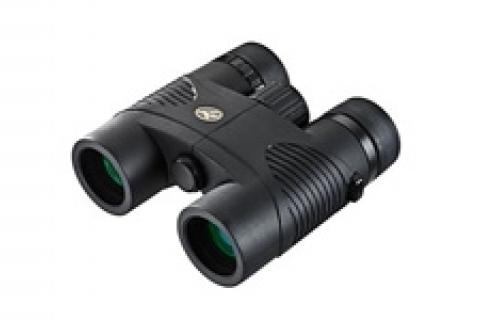
A pair of binoculars or other type of optics is an entertaining addition to the camp and hike packing list. If optics is not on your list, consider how much more a wildlife sighting or view of the valley below would appear close-up. If you don't possess binoculars, following are few tips to assist in selecting optics to enhance your next hike or camping trip.
 |
| If you're not packing binoculars in your camping equipment, you could be missing out on a better look at nature. |
Selecting a pair of binoculars can be confusing when gazing at the mix of sizes, shapes and claims of performance on literature nestled alongside the binocular in its showcase. A common question of binocular buyers is, "What does the number by number mean that describes the power?" The first number represents the times of magnification the viewer sees when using the binocular. The second number is the size (in millimeters) of the larger lens. For example, a 7x35 means the scene viewed in the lens is seven times larger than if not using a binocular and the 35 tells the objective lens is 35 mm wide. The larger the objective lens the more light enters the binocular, which assists in illuminating the scene in the lens. Wildlife viewing at dusk and dawn is best performed with a wide objective lens. A larger objective lens also provides a wider field of view. The field of view measurement is normally given at 1,000 feet. So bigger the lens, more of the scene is visible through the binoculars.
The magnification power options are what sell most optics, but it's common to select more or less power than what you need. A strong magnification power will allow details of a bird's feathers seem touchable, but if light is low or you struggle at holding a camera steady for a crisp photo, the same result will occur looking through binoculars — a shaky view.
Choosing from the hundreds of binoculars on the market can become a task, but consider these three elements when shopping: the size of your subject, the achievable nearness without spooking the subject, and the extent of packing space needed. A 10 power magnification does well for most cases, accompanied by a 50 mm objective lens. This combination does create a larger set of binoculars, but their performance is the worth the extra weight. Smaller binoculars are fine for packing in a small waist pack or backpack, but you compromise magnification and comfort.
If you're an eyeglass wearer, consider a monocular instead. No need to spend money on a binocular when you will actually be using one side. This way, the same amount of money can be spent on a monocular of twice the quality of a possible binocular. After dark, park yourself with binoculars in a camp chair, staring upward. You will be surprised at the amount of night sky details revealed by a basic pair of binoculars. Add a star guide and map to your lap and you're all set for an evening of astronomy.
- 2011 views

